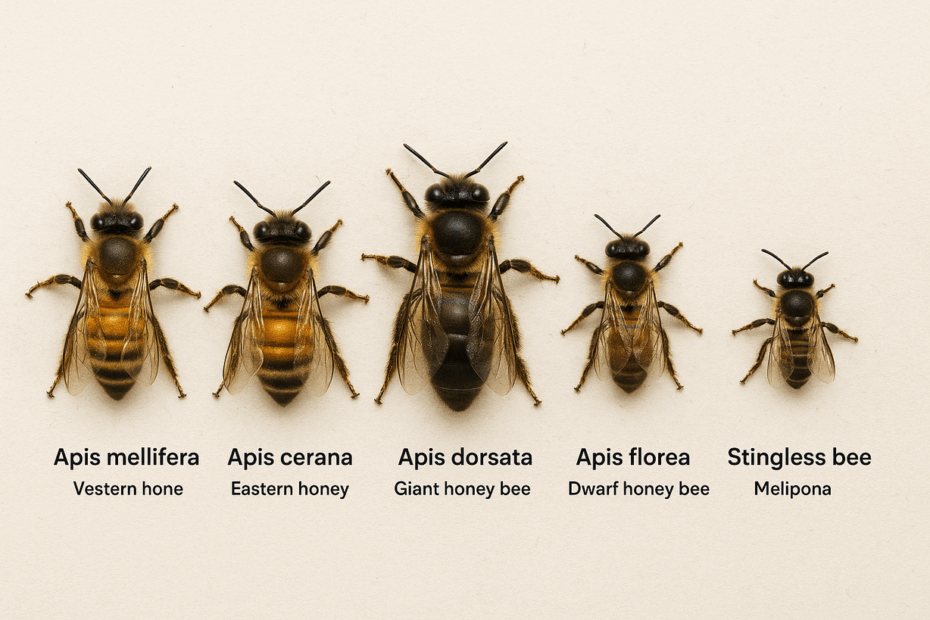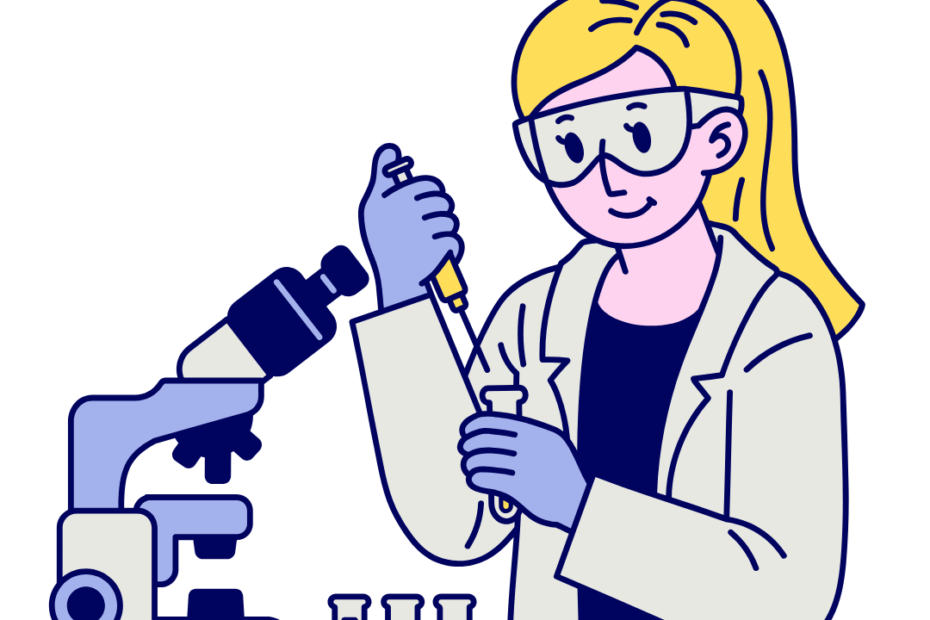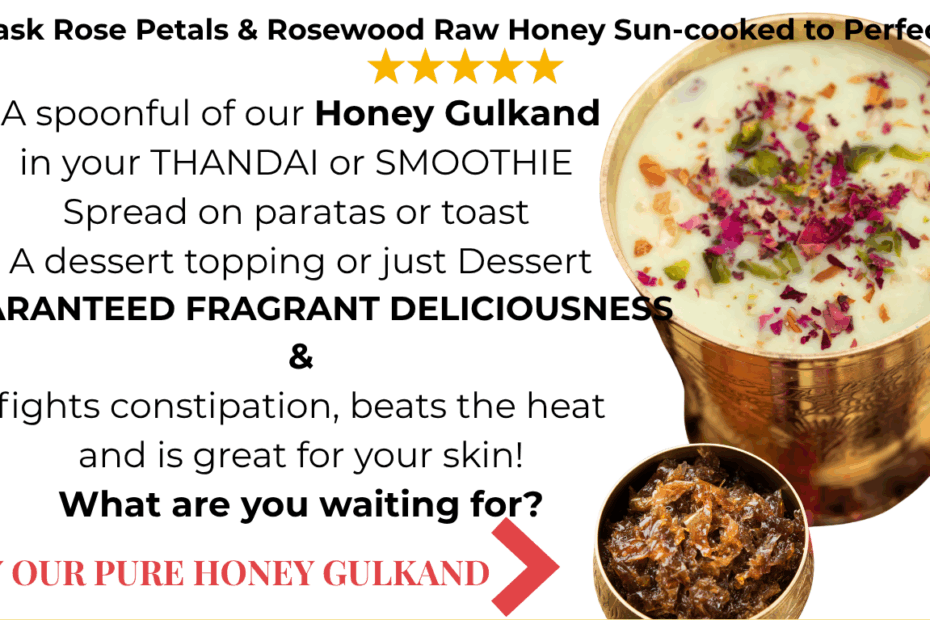Does the Type of Bee Influence Honey Quality and Health Benefits? Yes or No?
When it comes to honey, most people focus on the flowers or region of origin — but the type of bee influences honey quality just as much. With over 20,000 species of bees found worldwide, only a handful belong to the Apis genus, the true honey makers. Each species produces honey with a distinct taste, color, and health profile. How Many Honey Bees Are There? Out of thousands of bee species, only about seven to nine are true honey bees (Apis species). These include: Apis mellifera (Western honey bee) Apis… Read More »Does the Type of Bee Influence Honey Quality and Health Benefits? Yes or No?




